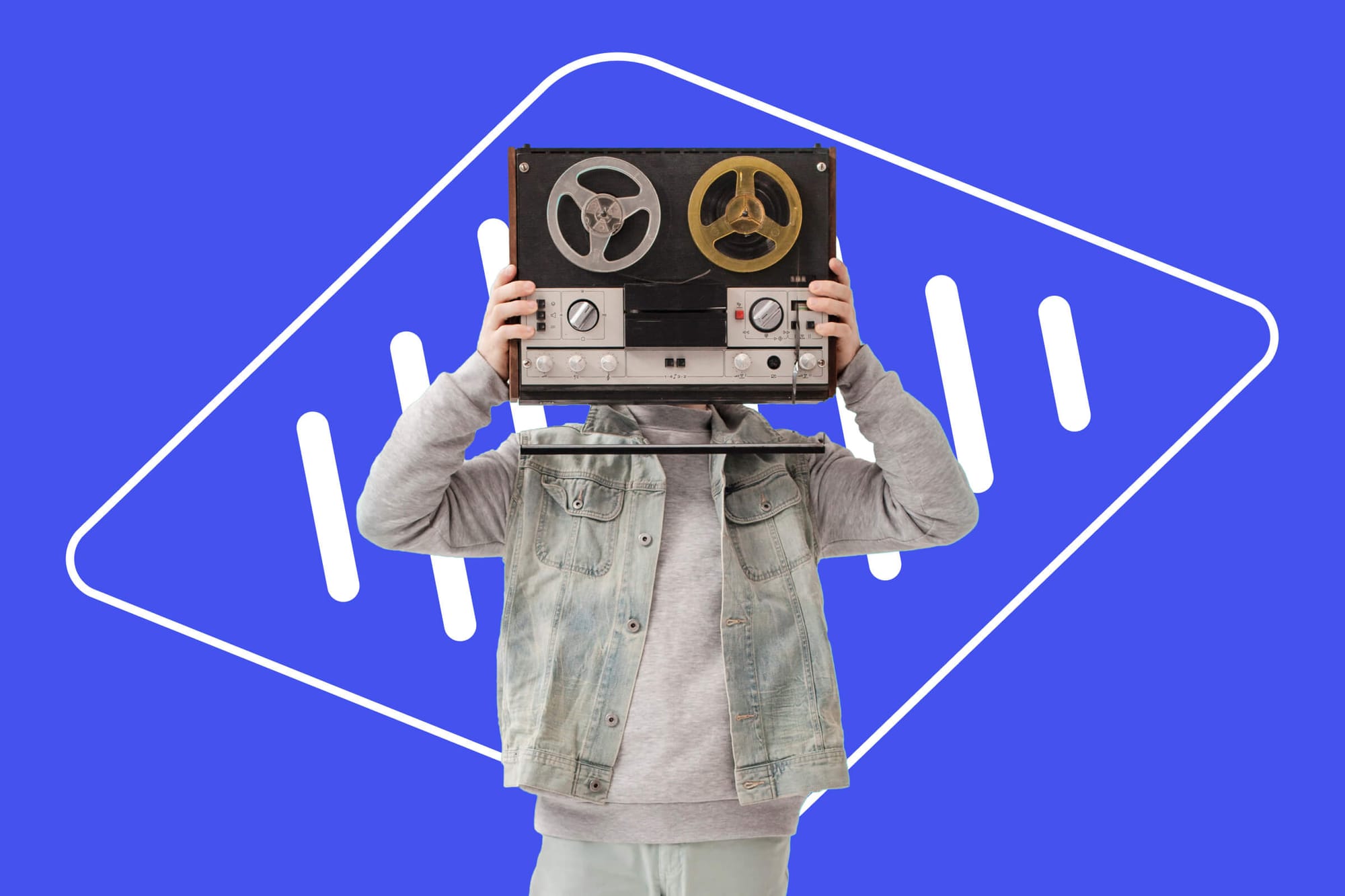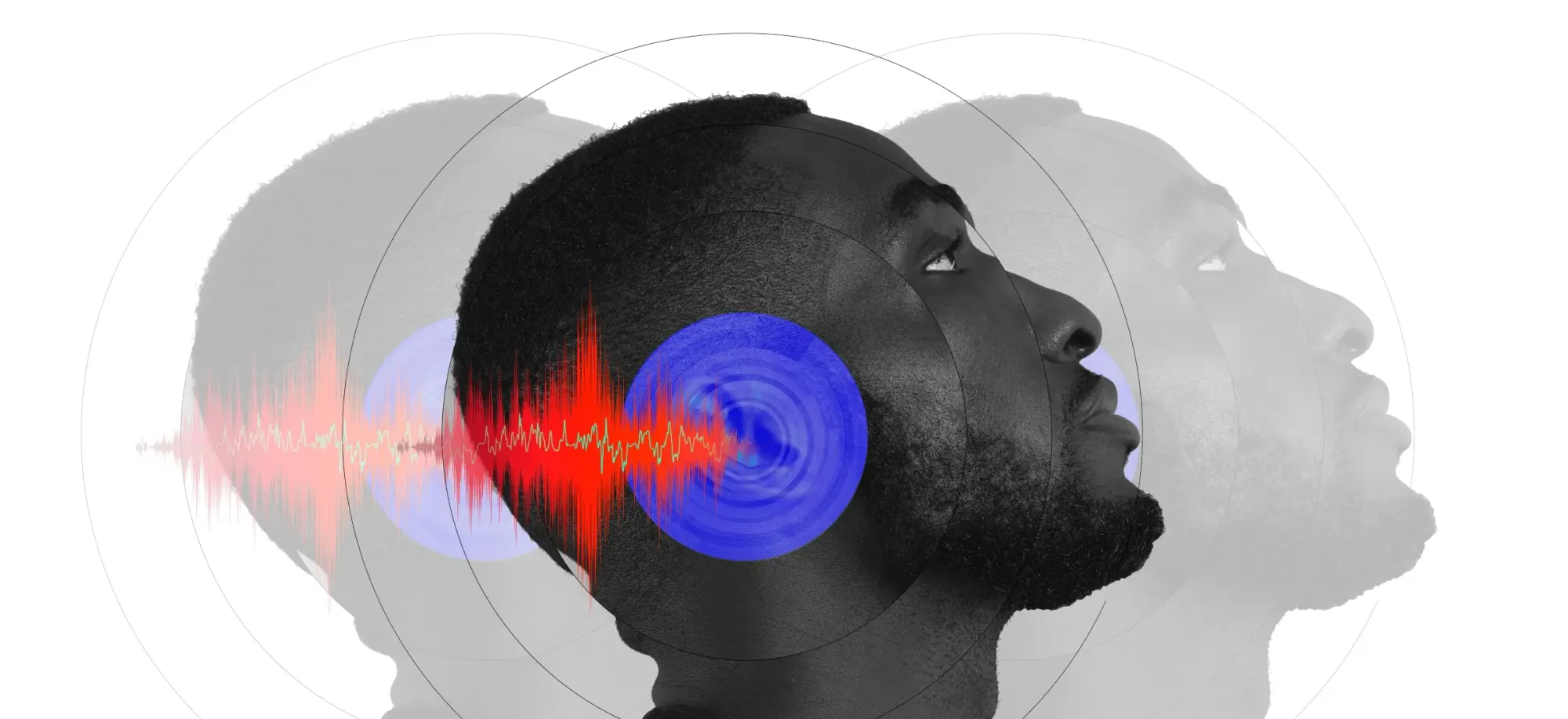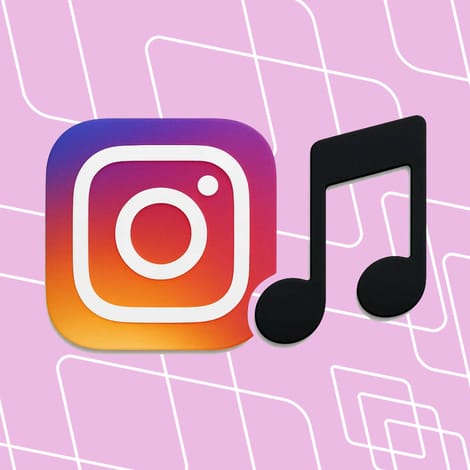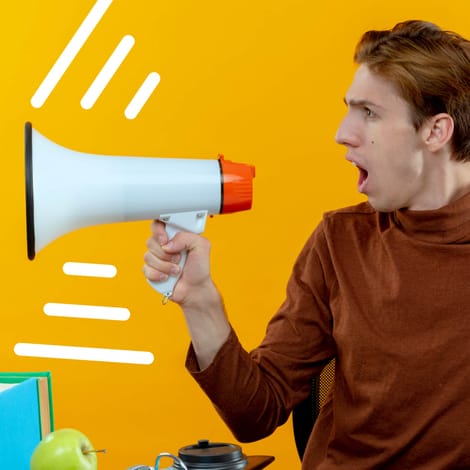The Impact of Music on Emotions and Viewer Engagement
Music has the power to evoke emotions and elevate viewer engagement, making your content unforgettable. Understanding this connection can help you choose the perfect soundtrack for your videos.
Table of contents

Ever notice how a great score or soundtrack can instantly give you chills or bring tears to your eyes?
Think about the very first time you watched "Jaws," and that back-and-forth chromatic melody made your palms sweaty, or when you heard the undeniably triumphant theme in “Rocky” during Stallone’s famous training montage.
It's no coincidence we feel so strongly about music, as studies have shown that music is deeply intertwined with our emotions on both psychological and neurological levels. Just as eerie music in your favorite horror film is sure to trigger a fear response, the chain-dropping, slide guitar-heavy track in the latest Ford F-150 commercial will make you feel just as rugged as the truck itself.
This happens because music activates the amygdala, the part of the brain responsible for our emotional reactions. Moving deeper to a neurological level, music has had the power to ‘awaken’ Alzheimer’s patients and help coma patients regain their speech and memory.
From a visual media standpoint, however, emotions are why many directors and video creators spend so much time perfecting their soundtracks. Imagine if "Stranger Things" wasn’t dripping in 80s-style analog synths or the quintessential Hans Zimmer BRAAM sound wasn’t the sonic motif of Inception and so many other epic modern movies?
In this article, I want to dive deeper into how music shapes our emotions and enhances viewer engagement, taking a close look at the magic that happens when we find the perfect music for our visual projects.
Download the perfect soundtrack for your videos with ProTunes One
Sign up to access high-quality music for your projects.
Sign Up NowThe Connection Between Music and Human Psychology

Music has an uncanny ability to tap directly into your emotions.
When we listen to music, it increases blood flow to the brain and taps into our emotional control center. In fact, it is said that our limbic system, the part of our brain that controls our memory and processes our emotions, lights up when we hear music.
When you watch a film like Gladiator, and you hear those sweeping strings that most would describe as “moving,” the feeling actually stems from the dopamine neurotransmitter being sent to your brain. The more and more your brain familiarizes itself with a song, the more dopamine your body might release as soon as it recognizes that song is playing.
What’s interesting is that we can change the way we perceive a scene based solely on the music that’s behind it. Universal Production Music provided a great example of this in action with scenes from a wildlife documentary.
Notice how the type of music they use behind each scene impacts the way you feel about it.
The Science of Music and Emotion: Key Theories
Music is a complex tool.
A piece of music consists of several elements, including timbre, pitch, rhythm, tempo, dynamics, lyrics, and more. Our brains must decode each of these elements together in order to perceive an emotion.
Since we know there is a scientific connection between the way music sounds and the way it makes us feel, the question becomes, could we take a scientific approach to choosing music for a project that would make a viewer feel a certain way?
Well, yes and no.
From a scientific standpoint, we can think of consonance and dissonance. Consonance defines notes or pitches that sound good together, while dissonance defines those that do not, meaning they clash or rub against one another.
Unison, octaves, fifths, and fourths are great examples of consonant frequencies, as they have close resonant relationships with one another when viewed from the perspective of wavelength cycles or hertz.
On the other hand, we have notes or intervals that are less consonant, such as thirds and sixths, and those that are very dissonant, such as minor seconds.
We can use this science to create or find music that conveys certain emotions. For example, negative emotions in our lives tend to be based on conflict, such as fights or breakups. These leave us feeling unresolved, similar to a pair of dissonant notes. In music, these emotions can be represented using dissonant note relationships, as they inherently have more conflict.
However, positive emotions often feel more resolved or settled, which is why they can be better represented with consonant notes, like fourths, fifths, or octaves.
Of course, these micro relationships are only the tip of the iceberg. Major and minor relationships, pitch, dynamics, and timbre can alter the way we feel.
If you’re truly interested in the science behind music and our emotions, I’d highly recommend listening to the above seminar from the Center for Science and Society.
Using Music to Enhance Emotional Engagement in Videos
No matter what kind of video you’re creating, music can play a significant role. There’s a reason it has been an integral part of visual storytelling since the dawn of film. Now, with the rise of video and social media platforms, such as YouTube, Instagram, and TikTok, where the competition for attention is high, it’s even more important to use the right music to leave a lasting impression on viewers.
There are a few ways in which we can do this:
- Find the Right Genre: It’s key to choose music that complements the tone of your video, whether you want to create a sense of nostalgia, inspiration, excitement, or suspense.
- Use Music that Complements the Story: Pay close attention to the narrative of your video and use the timing and placement of your music to highlight the most important moments or convey the right emotions.
- Set the Scene: Music can help establish the context in a scene, whether it’s in a high-energy nightclub or a quiet, tropical shorefront.
The important thing is to reflect the emotions your main character or focal point is supposed to convey. Your ultimate goal should be to enhance the feeling in the scene for viewers.
Case Studies: Music and Viewer Engagement in Popular Media
Back in the olden days of advertising, jingles were at the forefront of advertising. It’s hard not to sing the “Meow Mix” song once you think of it or get a slight craving for a Big Mac when you hear the “I’m Lovin’ It” theme.
However, with the proliferation of streaming, mobile advertising, and social media, advertisers have had to get a bit smarter with the way in which they use music to enhance viewer engagement.
Let’s look at a few modern ads wherein the music choices made all the difference.
Macbook Air - Apple
Apple has always had a way of creating simple yet effective ads, and this initial advertisement for the Macbook Air is one of my favorites. Apple took relatively unknown singer Yael Naim and dropped her now-hit song “New Soul” into the ad, showcasing its status as a creative tastemaker.
Good Things Come to Those Who… - Guinness
Even though this ad came out back in 1999, it could still hold up today. With the simple, buzzing, relentless attitude of the strings, Jonathan Glazer createed one of Guiness’s most memorable and heart-pounding pieces of advertising art that have ever graced network television, mostly thanks to the fact that he made a risky decision by choosing an abstract underscore rather than the epic, cinematic soundtrack you’d expect.
Chanel No. 5, The Film - Chanel
This iconic Chanel No. 5 ad features Jeremie Belingard and Marion Cotillard dancing on the moon to Lorde’s cover of the song “Team.” The song choice beautifully resonates with the ad’s message of female equality and joy.
Make an Impact with the Right Music
As you can see, music can have a profound impact on viewers, and if you’re making visual content, there’s no reason to compromise.
ProTunes has an extensive library of background music and a powerful AI-driven search tool to help you find the perfect soundtrack for your videos. Best of all, you never have to worry about copyright or royalties, as all of our music is ready to use legally, whether for podcasting, YouTube videos, or the next TikTok dance craze.
Get started today and find the perfect soundtrack for your videos in seconds.






